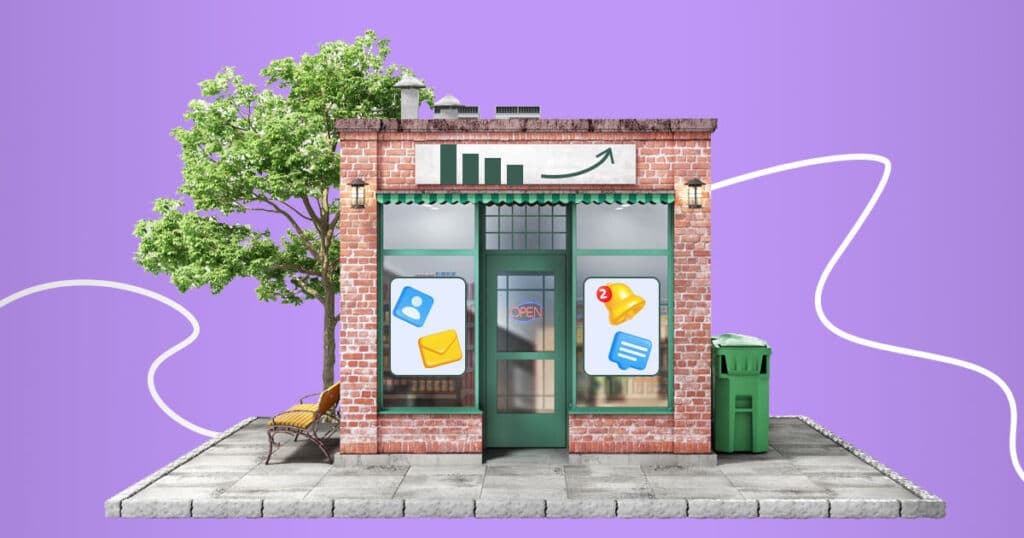Elastic Sense of Time Redefining Convenience

Understanding Consumers' Elastic Sense of Time: Redefining Convenience
It turns out consumers have a far more elastic sense of time than we generally give them credit for. This elasticity in the perception of time has significant implications for businesses across all industries. Consider this: waiting 20 minutes to order fast food is generally unacceptable, yet waiting the same 20 minutes to sit down in a four-star restaurant is perceived as no wait at all. This discrepancy is not merely a matter of patience; there’s actually science to support and explain this phenomenon.
The first principle, access, emphasizes the importance of availability. Sellers must ensure they have what consumers want and offer it in a way that is easily accessible. This concept goes beyond just having products in stock; it also includes the ease with which consumers can find and obtain these products. In the age of e-commerce, access is often about digital presence and distribution channels. For instance, an online retailer must ensure their website is user-friendly, mobile-optimized, and capable of handling a high volume of traffic. Moreover, fast and reliable shipping options are crucial to meet the expectation of immediate gratification that many consumers have today.

Offering services like click-and-collect, where customers can order online and pick up in-store, bridges the gap between online convenience and physical shopping. By enhancing access, businesses can better align with the time elasticity of consumers and meet their demand for convenience.
Interface
The second principle, interface, revolves around the transaction process’s simplicity, intuitiveness, and lack of friction. A smooth and seamless interface can significantly impact a consumer’s perception of time and convenience. In practice, this means that businesses must invest in creating user-friendly platforms, whether it’s a website, mobile app, or physical point-of-sale system.
For online platforms, this could involve streamlined checkout processes, clear navigation, and robust customer support. Reducing the number of steps required to complete a purchase and offering multiple payment options can also enhance the user experience. In physical stores, efficient layout, well-trained staff, and self-checkout options can make a big difference.
Businesses must continuously innovate and improve their interfaces to stay ahead of consumer expectations. Technologies like artificial intelligence and machine learning can personalize the shopping experience, making it more intuitive and aligned with individual preferences. The easier it is for consumers to complete a transaction, the more likely they are to perceive the experience as convenient and time well spent.
Expectations
The third principle, expectations, pertains to how offerings are presented and perceived by consumers. Products and services should be clearly differentiated and of high value in the consumer’s mind. This differentiation can be achieved through branding, quality, and the overall customer experience.
Setting and managing expectations is crucial. When consumers feel they are getting a unique, high-value product, they are more likely to tolerate longer wait times. For instance, the anticipation of a gourmet meal at a four-star restaurant can make a 20-minute wait feel negligible compared to the immediate need for fast food. This principle also applies to online shopping, where exclusive offers, personalized recommendations, and loyalty programs can enhance perceived value.
Businesses must communicate their value propositions effectively and ensure they consistently deliver on their promises. By aligning their offerings with consumer expectations, companies can create a sense of anticipation and satisfaction, making the waiting experience more acceptable.
Conclusion
In conclusion, understanding the elastic sense of time that consumers possess can help businesses redefine convenience and improve customer satisfaction. By focusing on access, interface, and expectations, companies can better meet the evolving demands of consumers and create more positive and engaging experiences. As the market continues to evolve, those who adapt to these principles will be well-positioned to thrive in an increasingly competitive landscape.

